How to Roast a Whole Duck: Juicy and Flavorful Poultry Entrée
Roasting a whole duck may seem intimidating, but with the right technique and a little patience, you can create a delicious and impressive dish that will wow your guests. Duck is a flavorful and juicy poultry entrée that is perfect for special occasions or a cozy dinner at home.
Choosing the Right Duck
Before you start roasting your duck, it’s important to choose the right one. Look for a duck that is plump and has a good amount of fat. The fat is what gives the duck its rich flavor and juicy texture. You can find whole ducks at your local grocery store or butcher shop.
Preparing the Duck
Preparation is key when it comes to roasting a whole duck. Start by removing the giblets and excess fat from the cavity. Rinse the duck inside and out with cold water and pat it dry with paper towels. To enhance the flavor, you can marinate the duck overnight with your favorite herbs and spices.
Roasting the Duck
When it comes to roasting the duck, low and slow is the way to go. Preheat your oven to 350°F and place the duck on a roasting rack in a baking dish. Roast for 2-3 hours or until the internal temperature reaches 165°F. Baste the duck with its own juices every 30 minutes to keep it moist and flavorful.
Once the duck is cooked, remove it from the oven and let it rest for 10-15 minutes before carving. Serve with your favorite sides and enjoy!
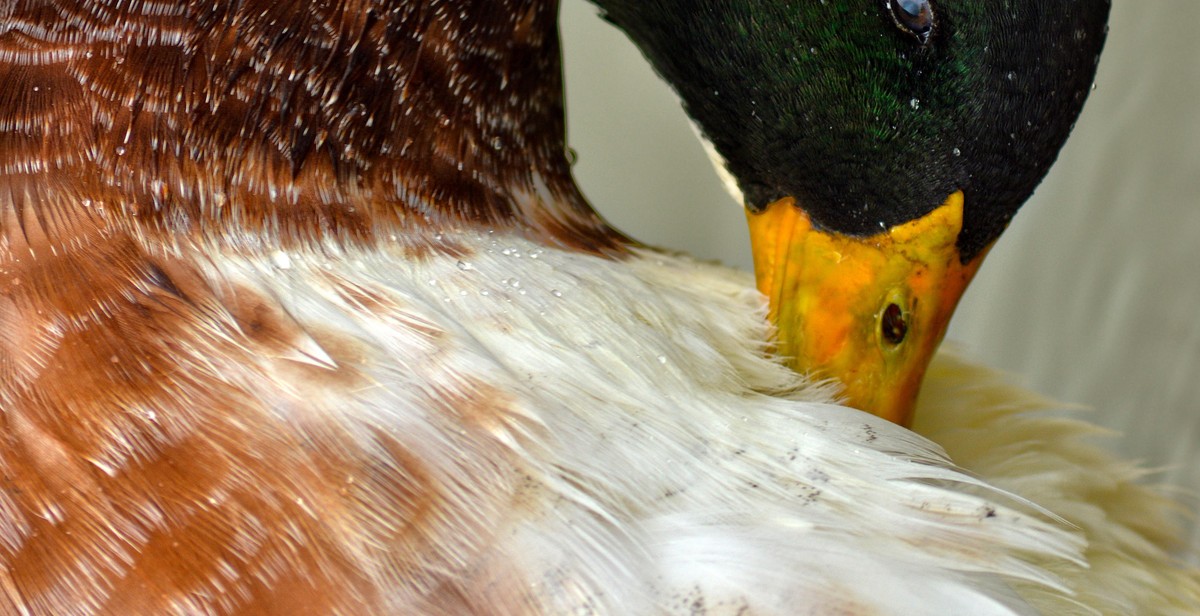
Choosing a Whole Duck
Before roasting a whole duck, it is important to choose the right one. Here are some factors to consider:
Fresh vs. Frozen Ducks
Both fresh and frozen ducks can make for delicious roasted meals, but there are some differences to keep in mind. Fresh ducks are typically more expensive and can be harder to find, but they have a better flavor and texture than frozen ones. Frozen ducks are more widely available and can be more convenient, but they may have a slightly less tender texture and a milder flavor.
Duck Size and Weight
When choosing a whole duck, consider the size and weight of the bird. Ducks typically range from 4 to 7 pounds in weight, with larger birds being more suitable for roasting. If you are serving a larger group, you may want to opt for a bigger bird. Keep in mind that a larger bird may take longer to cook, so be sure to adjust your cooking time accordingly.
| Duck Size | Weight |
|---|---|
| Small | 4-5 pounds |
| Medium | 5-6 pounds |
| Large | 6-7 pounds |
Ultimately, the choice of whole duck comes down to personal preference. Consider your budget, availability, and desired flavor and texture when making your selection.

Preparing the Duck for Roasting
Roasting a whole duck requires some preparation before it can be cooked to perfection. Here are the steps to follow:
Thawing the Duck
If you have a frozen duck, you need to thaw it properly before roasting. Place the duck in the refrigerator for 24 to 48 hours, depending on the size. Alternatively, you can submerge the duck in cold water for a few hours, changing the water every 30 minutes until it is fully thawed.
Cleaning and Trimming the Duck
Remove the giblets and neck from the cavity of the duck. Rinse the duck under cold water and pat it dry with paper towels. Trim off any excess fat and skin around the neck and cavity. Prick the skin all over with a fork or skewer to allow the fat to render out during cooking.
Seasoning the Duck
Season the duck generously with salt and pepper, both inside and outside. You can also add other herbs and spices, such as thyme, rosemary, and garlic, to enhance the flavor. Rub the seasoning all over the duck, making sure to get it into the crevices and under the skin. For extra flavor, you can marinate the duck overnight in a mixture of soy sauce, honey, and ginger.
Now that the duck is prepared, it is ready to be roasted to juicy perfection.
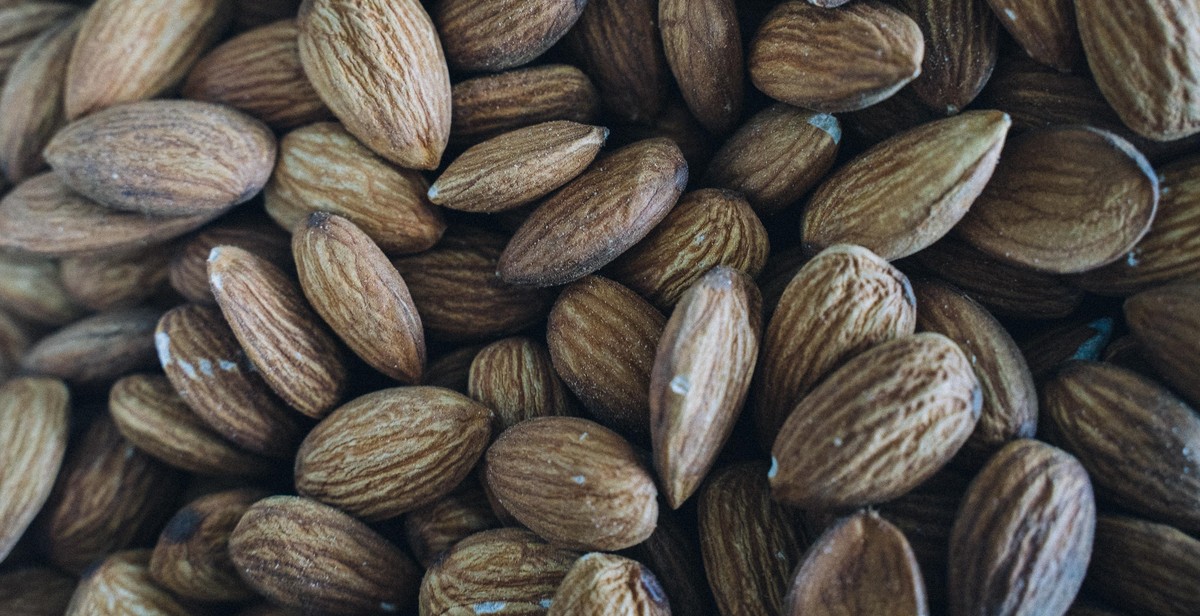
Roasting the Whole Duck
Roasting a whole duck is a great way to impress your guests with a juicy and flavorful poultry entrée. Follow these steps to ensure your duck is cooked to perfection.
Preheating the Oven
Before roasting the duck, preheat your oven to 375°F (190°C). This temperature is perfect for cooking a whole duck and will help to ensure that the meat is cooked evenly.
Preparing the Roasting Pan
While the oven is preheating, prepare your roasting pan. Line the bottom of the pan with foil and place a wire rack over it. This will help to prevent the duck from sticking to the pan and will allow the fat to drain away from the bird as it cooks.
Trussing the Duck
Trussing the duck is an important step in ensuring that it cooks evenly and retains its shape. To do this, tie the legs together with kitchen twine and tuck the wings under the body. This will help to prevent the duck from drying out and will ensure that it cooks evenly.
Roasting the Duck
Place the trussed duck on the wire rack in the roasting pan and roast it for approximately 2 1/2 to 3 hours, or until the internal temperature of the thickest part of the bird reaches 165°F (74°C). Baste the duck every 30 minutes with the fat that has dripped into the pan to keep it moist and flavorful.
- Let the duck rest for 10 to 15 minutes before carving it.
- Serve with your favorite sides and enjoy!
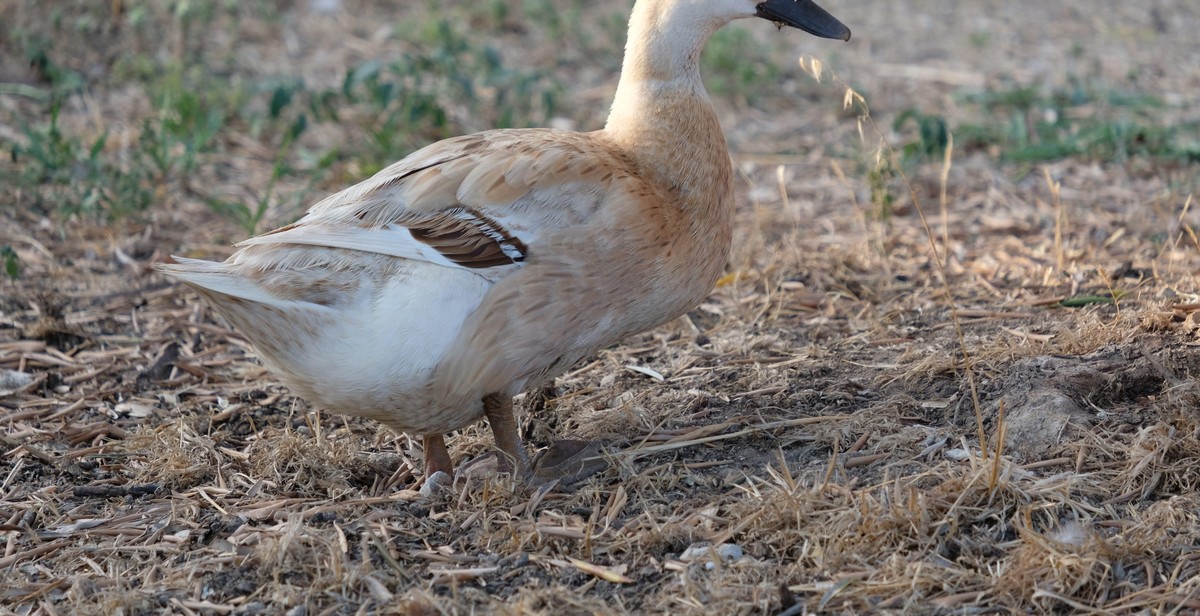
Checking the Doneness
Roasting a whole duck can be quite challenging, especially when it comes to checking the doneness. Here are some tips to ensure that your duck is cooked to perfection:
Using a Meat Thermometer
One of the most accurate ways to check the doneness of your duck is to use a meat thermometer. Insert the thermometer into the thickest part of the duck, making sure not to touch the bone. The temperature should read 165°F (74°C) for the duck to be fully cooked. If the temperature is lower, continue roasting the duck until it reaches the desired temperature.
Checking the Color and Texture of the Skin and Meat
Another way to check the doneness of your duck is to look at the color and texture of the skin and meat. The skin should be golden brown and crispy, and the meat should be tender and juicy. If the skin is still pale or the meat is tough, continue roasting the duck for a few more minutes until it reaches the desired color and texture.
| Temperature | Doneness |
|---|---|
| 130°F (54°C) | Rare |
| 140°F (60°C) | Medium-rare |
| 150°F (66°C) | Medium |
| 160°F (71°C) | Medium-well |
| 165°F (74°C) | Well done |
By following these tips, you can ensure that your roasted duck is juicy, flavorful, and perfectly cooked. Serve it with your favorite side dishes and enjoy!
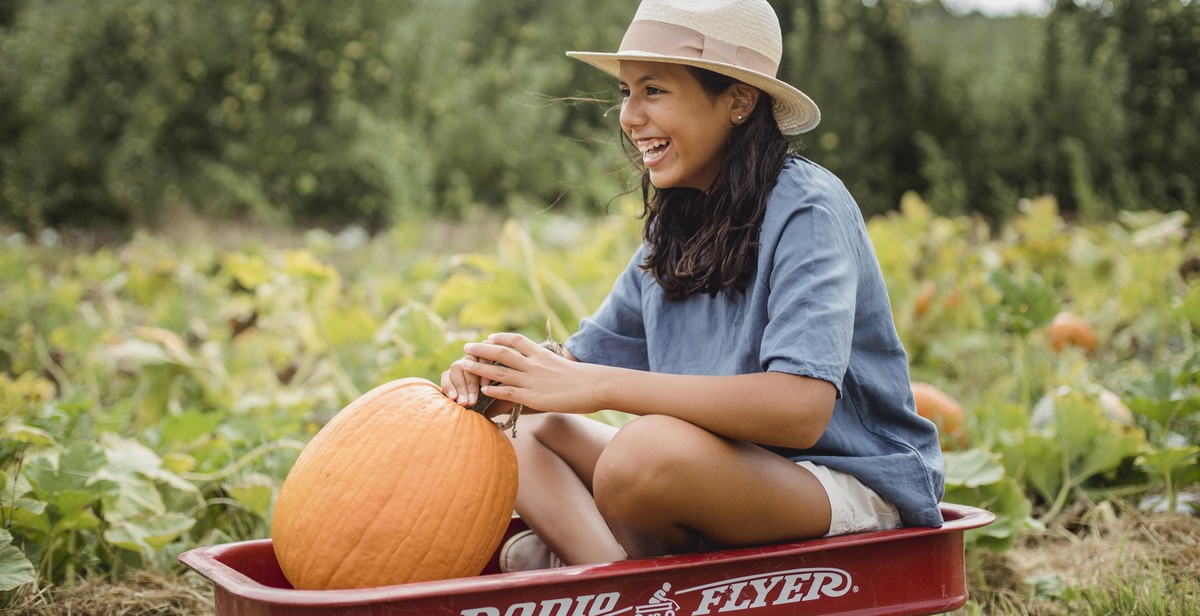
Resting and Carving the Duck
Once the duck is out of the oven, it is crucial to let it rest for at least 10 minutes before carving. This allows the juices to redistribute and settle, resulting in a more tender and flavorful meat. Cover the duck with aluminum foil to keep it warm while resting.
To carve the duck, start by removing the legs. Cut through the skin and meat until you reach the joint, then use a sharp knife to separate the leg from the body. Repeat on the other side.
Next, remove the breasts. Cut along the breastbone, following the curve of the bone until you reach the wing joint. Use a carving fork to hold the breast steady while you slice it thinly against the grain.
Finally, remove the wings by cutting through the joint. Serve the duck with your choice of sides, such as roasted vegetables or mashed potatoes.
| Tip | Description |
|---|---|
| Sharpen your knife | A sharp knife will make carving easier and more precise. |
| Remove excess fat | Trim any excess fat from the duck before carving to make it easier to handle. |
| Save the leftovers | Leftover duck can be used in a variety of dishes, such as sandwiches or stir-fries. |
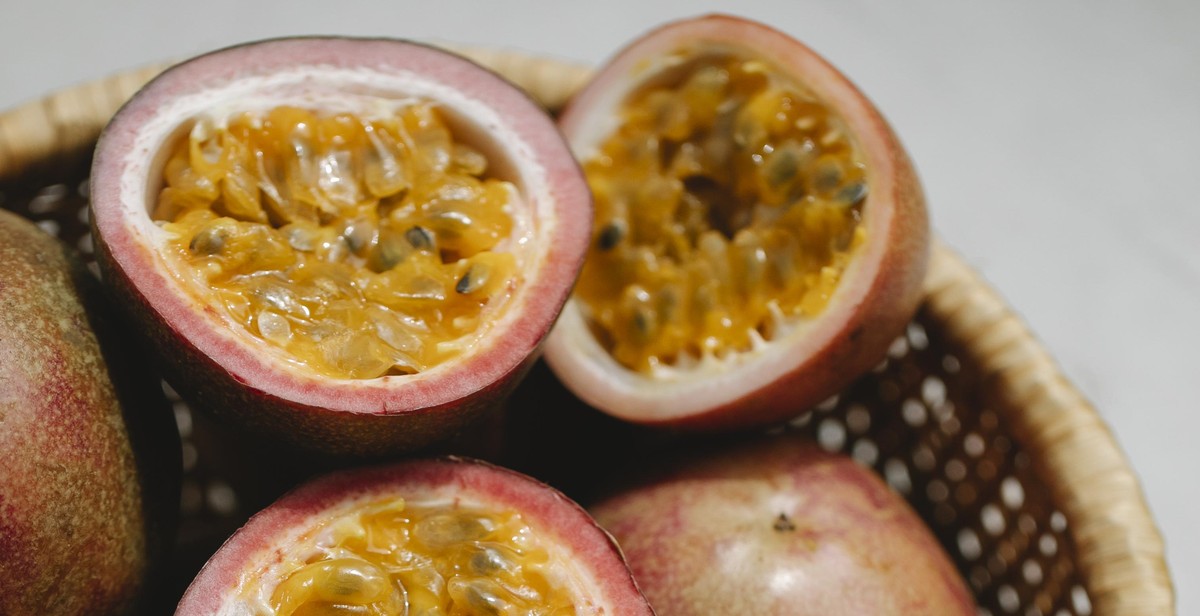
Serving Suggestions
Side Dish Ideas
- Roasted Vegetables: Complement the rich flavors of the duck with roasted vegetables such as brussels sprouts, carrots, and sweet potatoes.
- Green Salad: A simple green salad with a light vinaigrette dressing can help balance out the richness of the duck.
- Wild Rice: A nutty and hearty wild rice pilaf pairs well with duck and adds texture to the dish.
- Mashed Potatoes: Creamy mashed potatoes are a classic side dish that can help soak up the delicious duck juices.
Sauce Options
While the duck is flavorful on its own, serving it with a sauce can elevate the dish even further. Here are a few options to consider:
| Sauce | Flavor Profile |
|---|---|
| Cherry Port Sauce: | A sweet and tangy sauce made with cherries and port wine. |
| Orange Ginger Sauce: | A bright and zesty sauce made with orange juice, ginger, and honey. |
| Red Wine Sauce: | A rich and savory sauce made with red wine, shallots, and thyme. |
Whichever sauce you choose, be sure to serve it on the side so that guests can add as much or as little as they like.
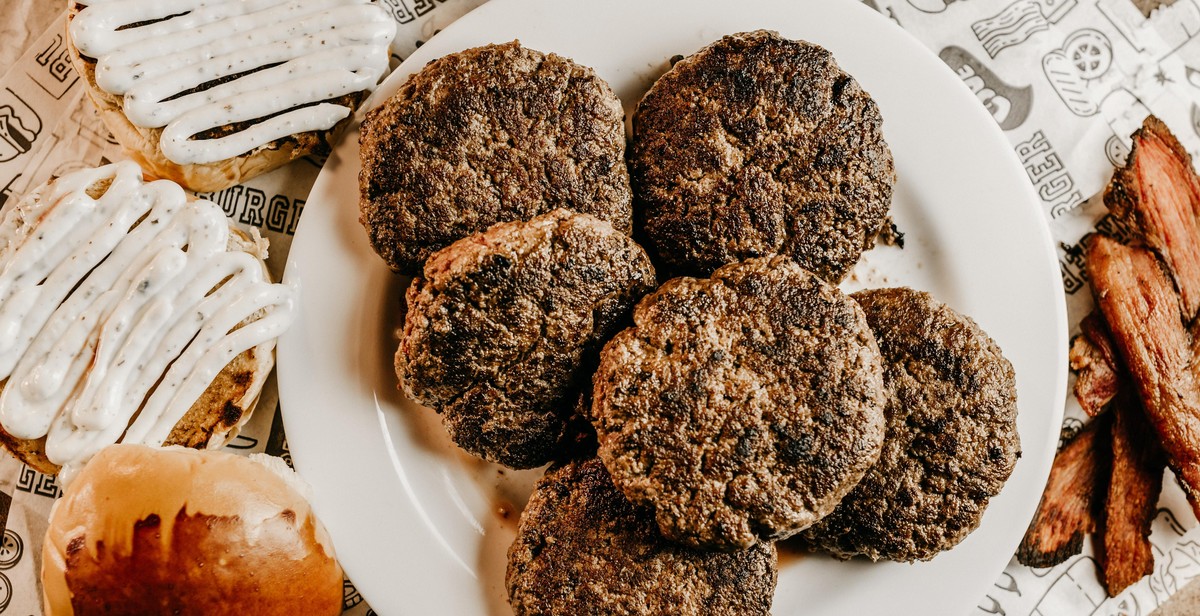
Conclusion
Roasting a whole duck may seem intimidating at first, but with the right tools and techniques, it can be a delicious and impressive entrée for any occasion. By following the steps outlined in this article, you can ensure that your duck is juicy, flavorful, and cooked to perfection.
Key Takeaways
- Preheat the oven to 375°F and prepare the duck by removing excess fat and seasoning the cavity and skin.
- Cook the duck breast-side down for the first hour to render out the fat and crisp the skin.
- Flip the duck over and continue cooking until the internal temperature reaches 165°F.
- Let the duck rest for 10-15 minutes before carving and serving.
Remember to save the rendered duck fat for future cooking projects, as it can add rich flavor to a variety of dishes. And don’t be afraid to experiment with different seasonings and marinades to customize the flavor of your roasted duck.
Overall, roasting a whole duck can be a rewarding and delicious culinary experience. With practice and patience, you can become a master at preparing this flavorful poultry entrée.
